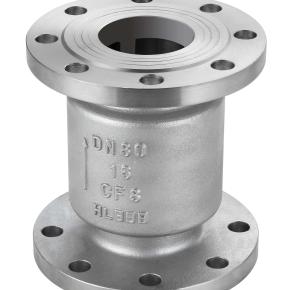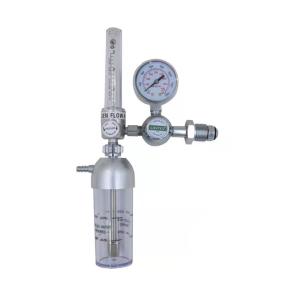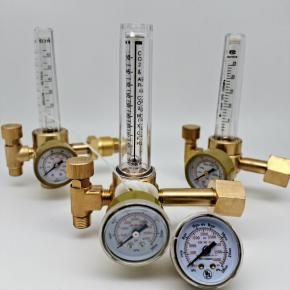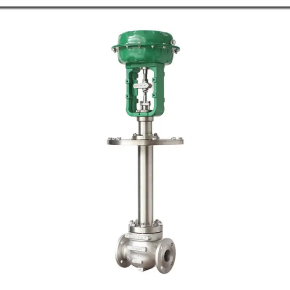Safety valves
A safety valve is used to protect the system against overpressure. Overpressure occurs when the pressure exceeds the Maximum Allowable Working Pressure (MWAP) or the pressure for which the system is designed. Safety valves can open very quickly compared to relief valves. A safety valve opens from a set pressure; the valve first opens a little, after which it opens fully so that the unwanted pressure is removed from the system as quickly as possible.
Safety valves are used to prevent pressure increases, leading to malfunctions, fire hazards, or explosions. Safety valves only have mechanical parts, so they are used when electronic or pneumatic safety devices fail. A safety valve is fully actuated by the systems media, keeping it working in a power failure.
Important terminology
·Overpressure: The excess pressure over the set pressure of the safety valve.
.Operating pressure: The pressure at which the system works under normal operating conditions.
·Set pressure: The pressure at which the disc begins to lift and the safety valve opens.
·Lift: The distance that the disc has moved from closed position to the position required for discharge.
·Backpressure: The pressure built upon the outlet of the safety valve during the flow. Backpressure = Built-up backpressure + Superimposed backpressure.
·Built-up backpressure: The pressure at the outlet once the safety valve has opened.
·Superimposed backpressure: The pressure at the outlet of the closed safety valve.
·Maximum allowable working pressure (MAWP): The maximum allowable pressure at a designated temperature under normal operating conditions. MAWP is the maximum pressure that the weakest component of the pressure device can handle.
·Blowdown: The difference between the actual pressure at which the disc lifts and the actual pressure at which the valve closes. It is generally expressed in percentage.
·Blow off capacity: The rate at which the safety valve can release excess pressure.
Safety Valve Types
There are different safety valve types: valves with a spring-loaded mechanism, valves with balanced bellows, and pilot-operated safety valves. Each type has an advantage in a specific situation.
Selection criteria
To protect your system against overpressure, it is essential to understand and select the five selection criteria below. Please read our technical article on selecting safety valves to understand the five main selection criteria below better.
.Set pressure
.Backpressure
.Discharge capacity
.Operating temperatures
.Valve and sealing material
Certifications
Safety valves must comply with various national and international standards for safety and quality. To ensure that the product complies, please consult local standards.
TÜV
The TÜV certification assesses the products safety and verifies that it meets the minimum requirements under the Pressure Equipment Directive (PED) 2014/68/EU. The PED outlines the standards for designing and manufacturing pressure equipment such as pressure relief devices, steam boilers, pipelines, pressure vessels, etc., operating at a maximum allowable pressure greater than 0.5 bar.
ASME
The ASME (American Society of Mechanical Engineers) ensures the specification and accreditation of pressure vessels, boilers, and pressure relief devices.
ISO 4126
The ISO 4126 standard is a general specification for pressure relief valves, regardless of the media used for the application.
Applications
Safety valves are mainly used in industrial applications to protect against overpressure. This overpressure can lead to dangerous situations, fire, or explosions. Safety valves are often found in:
·The oil, gas, and petroleum industry. Equipment failure can lead to fire or explosions, in which case a safety valve must discharge the hazardous substance.
·The energy sector. They are often used to discharge overpressure in steam, air, gas or liquid pipelines, or vessels/boilers
INQUIRY
CATEGORIES
LATEST NEWS
CONTACT US
Contact: Fang
Phone: 0086-180 7293 4264
E-mail: fang@hzasligas.com
Whatsapp:0086-180 7293 4264
Add: Yinhu Street, Fuyang District, Hangzhou City, Zhejiang Province, China




